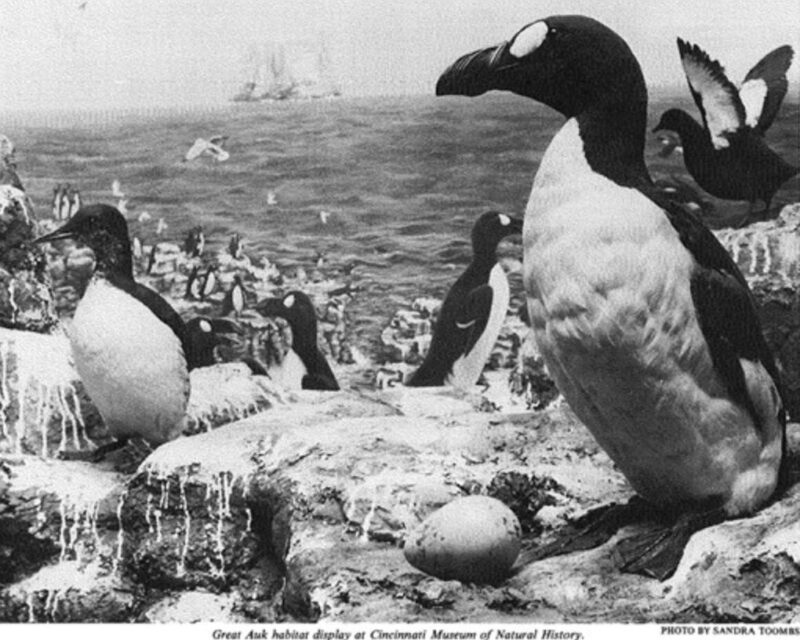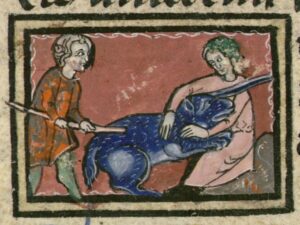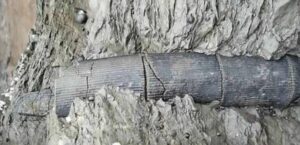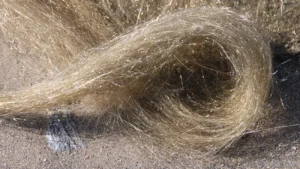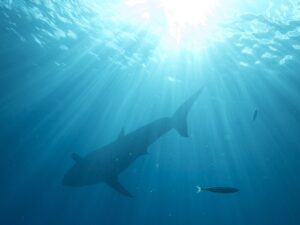In 1844, Jon Brandsson, Sigurdur Isleifsson, and Ketill Ketilsson set out for Eldey Island, off the southwest coast of Iceland. The three hunters were after a particular pair of rare birds: the great auks. Unbeknownst to anyone at the time, these two birds were almost certainly the last of their species. With their deaths, the great auk disappeared forever. For decades, researchers have been trying to locate their specimens and have finally tracked down the last female great auk.
When the hunters reached Eldey, they found a pair of great auks with a single egg. The records state that the group of Icelandic men captured and strangled the breeding pair, trampling the egg in the process. A paper trail shows that their bodies were sold to an apothecary in Reykjavik. Here, their innards were sealed in jars and sent to a museum in Denmark. The taxidermied skins were sold to rare bird collectors and then changed hands through multiple collectors and museums.
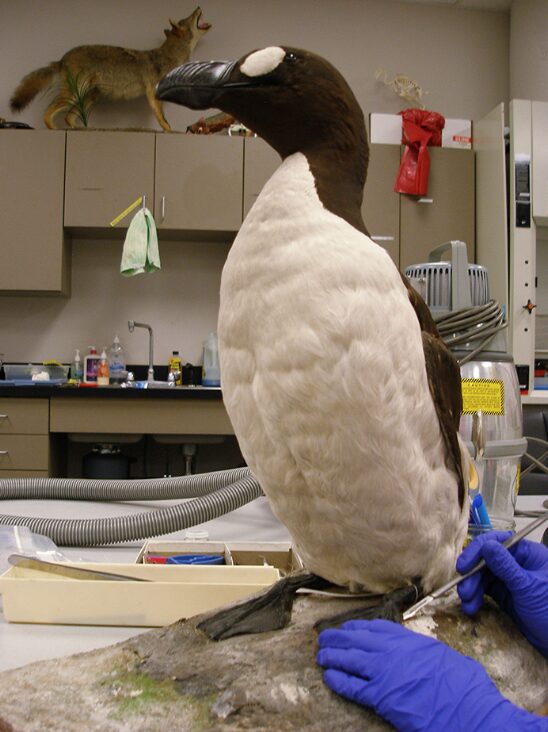
Sampling the toepad of the Cincinnati Auk. Photo: Heather Farrington, Cincinnati Museum Center, Cavill et al., 2025
Male found
In 2017, researchers identified one half of the fated pair, the male from Eldey, in the collection of the Royal Belgian Institute of Natural Sciences in Brussels. But the fate of the female has remained unknown until now.
Jessica Thomas, a PhD student in Wales, has long been fascinated by the great auk. She found details of a pair of auks being sold by a dealer in Copenhagen. One went to Belgium, the other to Los Angeles. She got tissue samples from both, along with a few other great auks held in museums. To determine if any belonged to that final pair, she also traveled to Denmark. Over 170 years after they were sealed, she cracked open the jars of innards taken from the Eldey Island pair.
The DNA from the jars matched the great auk in Belgium: They had found the male. None of the other specimens matched the DNA from the female’s organs. It seemed like a dead end, but the research went back to the paper trail. In the 1870s, ornithologist George Dawson bought the pair. His son eventually auctioned them off in 1934.
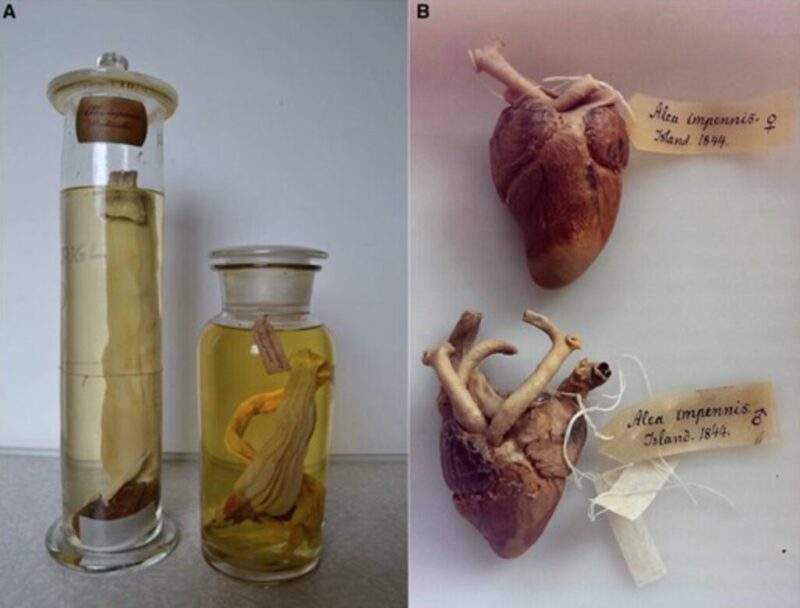
The organs of the last two individuals killed on Eldey Island in June 1844. A – the oesophagi of the last two great auks. B – the hearts of the last two great auk. Photo: Cavill et al., 2025
Auction error
At this point, Captain Vivian Vaughan Davies Hewitt won them and added them to his collection of 100,000 stuffed birds and 500,000 eggs. When he died, his huge assemblage, including the Eldey pair, was once again up for auction. It was thought that the female went to a museum in Los Angeles, but DNA testing showed this was not the case. It seems the labeling of the female great auk was incorrect, and she was wrongly sent to the Museum of Natural History and Science in Cincinnati, Ohio, in place of a different taxidermied great auk.
The museum had owned the mounted bird ever since, never realizing its extraordinary significance as one-half of the last pair of its kind. For generations, it had been catalogued simply as another example of Pinguinus impennis, the Latin name for the great auk.
DNA analysis has finally proven that she is the famed Eldey great auk. Finding her solves “a natural history mystery that has puzzled great auk scholars and those within the museum industry for over 180 years,” said the researchers.
